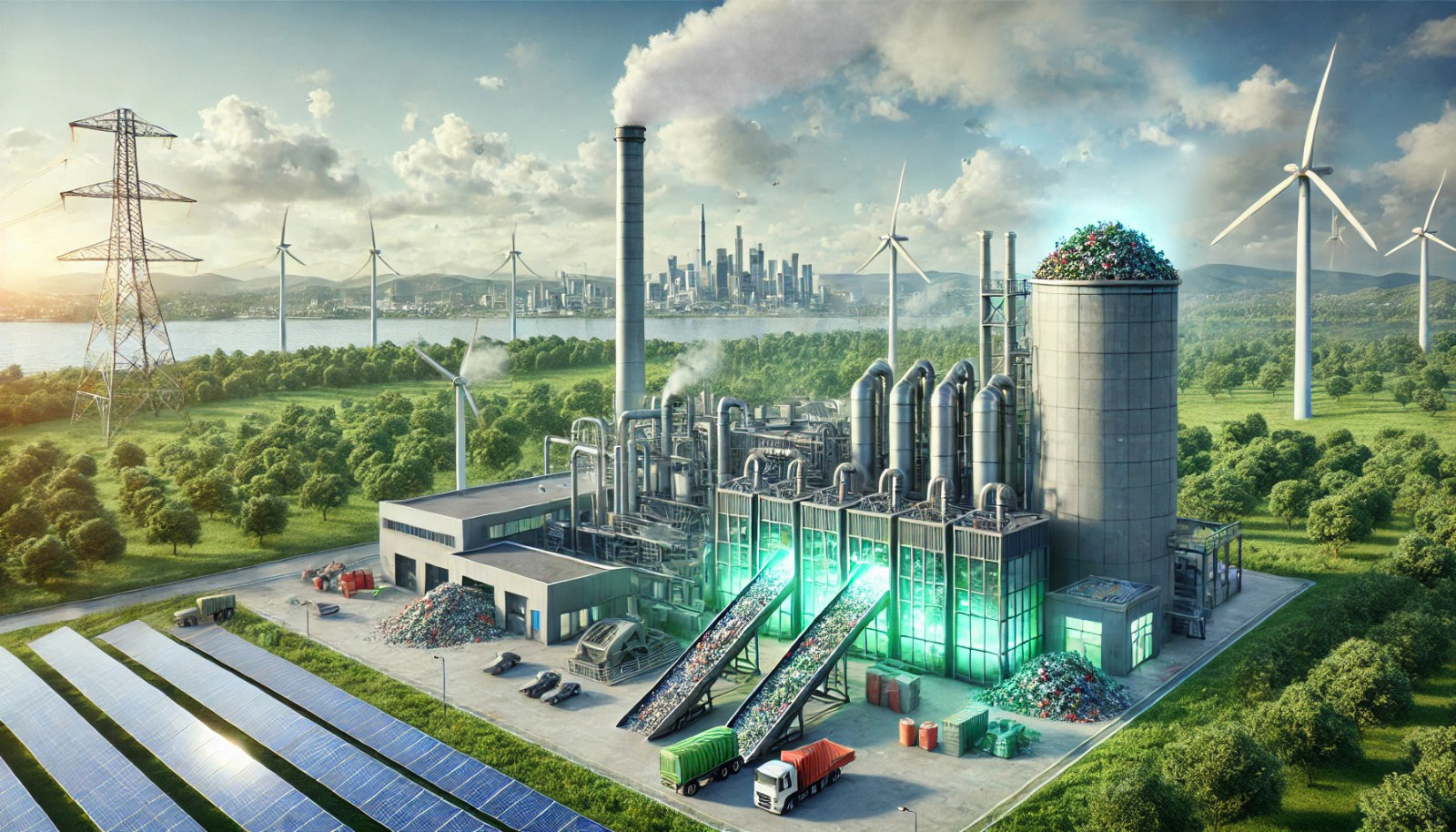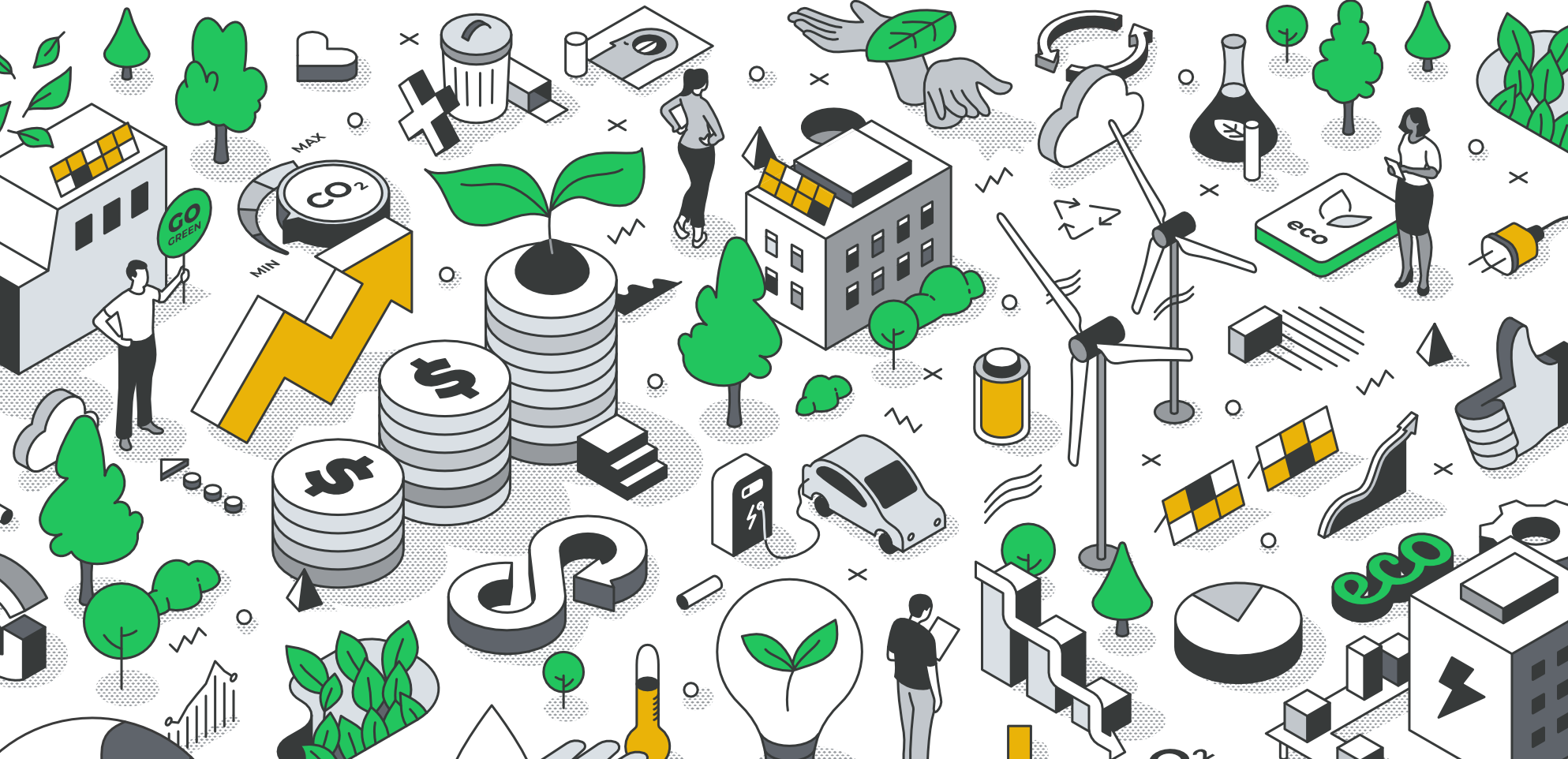

About Us
Our
Basic Principle
It is to minimize the environmental pollution that is increasing day by day and the damage this pollution causes to ecology. It is to leave a more liveable world for future generations by contributing to the economy and energy efficiency.
High
Technology
We have developed with our 50 years of experience and high technology.
All Kinds of
Nonrcycled Waste
With our Environmental Energy System, it transforms all kinds of waste into energy.
It is a system that is self-sufficient only with waste, cleans nature, and provides energy with a clean emission.
Efficiency
Maintenance Cost
Experience
All Kinds of Waste
Emission
Reference
Our Team
Our Incineration System
Certification of Manufacturers or Pressure Vessels and Pressure Parts
Certification Of Manufactures of steam Boilers and Accessories
Quality requirements for welding

Quality Certificates












Services & Capabilities
Services
Legal Permits
Engineering Services
Operation Services
and Operation Services
Production
Water
Production
Revenue
Type Of Waste
Waste
Water
Waste
Waste
Advantages Of The System
Expertise
- Legislation and Implementation Criteria (Expertise)
- Green Financing Support
Our Solution Model
- Economic and Managerial Gains
- Environmental and Social Gains
Renewable Energy
- International Commitments and Sanctions
- Sustainability
- In today's dynamic market conditions, businesses are trying to increase their service quality to increase their competitive power, and on the other hand, they are trying to reduce their energy costs.
- Disposal Technology is the most profitable and sustainable method in this sense, with both waste and carbon footprint and heat and electricity production.
Introduction
The primary source of energy is fossil fuel, which is depleting over time. The burning of these fuels also increases the amount of greenhouse gases that are released into the environment. Across the world, biofuels have been considered as an alternative fuel to produce renewable energy that can replace fossil fuels, either partially or completely. Biofuels are renewable energy sources that produce minimum carbon dioxide and greenhouse gas emissions. They are less toxic, degradable, and have a lower sulfur capacity. Biofuels are generated from several sources such as plants, animal waste, agricultural residue, and industrial discharge.
Though some of these wastes are used as raw materials in animal feed manufacturing or as fertilizers, the majority of it is dumped as garbage in landfills, on land, or in the sea, causing negative environmental effects. The production of bioenergy from waste can be an effective solution to minimize waste, save the environment and can be utilized to generate clean energy.
Bioenergy Production
Disposal of W2E by incineration makes an important contribution to bioenergy production. W2E, due to its high content of organic matter, can be used to produce energy when burned. This enables waste to be utilized, while at the same time contributing to energy production.
Emission Reduction
Disposal of W2E by incineration causes less emissions than other disposal methods. While other waste disposal methods can cause greenhouse gas emissions, which often result from the decomposition of organic waste, incineration can significantly reduce these emissions.
Efficiency in Waste Management
Incineration of W2E can increase efficiency in waste management processes. Incineration reduces the volume of waste and reduces the need for landfills. This, in turn, reduces waste management costs and reduces environmental impact.
Contribution to Recycling
Incineration of W2E can also contribute to recycling processes. The residues of incinerated waste can often be used as fertilizer in wastewater treatment plants or used in agricultural fields for soil remediation purposes.
Disposal By IncinerationEnvironmental Contributions
Solving the Waste
Management Problem
Waste generated in waste processing plants is often materials that harm the environment and can emit bad odors. Converting these wastes into energy by incineration directly solves the problem of waste management and reduces environmental pollution.
Renewable
Energy Production
The energy obtained by burning waste is obtained from a renewable source. This, in turn, reduces dependence on fossil fuels, helping to reduce greenhouse gas emissions and the effects of global warming.
Low
Carbon Footprint
The energy obtained by burning waste has a lower carbon footprint compared to other energy production methods. This can be considered as an important step in the fight against climate change.
Disposal By IncinerationFinancial Contributions
Conversion of waste into energy is an important practice that provides environmental sustainability and economic benefits. This approach offers an effective solution to combat waste management problems and meet energy needs in the waste industry. In the future, the environmental and financial benefits are expected to increase with the further prevalence of such innovative practices.
Cost Savings
in Energy Production
Converting waste into energy is generally more cost-effective compared to traditional fuels used in energy production. This helps businesses increase their profitability by reducing energy costs.
Reduction
in Waste Management Costs
Converting waste into energy by incineration reduces waste management costs. It saves on expenses such as storage, transportation and disposal of waste.
Prevention
of Raw Material Loss
Converting waste into energy prevents raw material loss by ensuring that waste is evaluated. This allows businesses to be more efficient in their production processes and indirectly benefits financially
Project Process
1 Quotation
Components Production and Supply
The equipment and components in the project are supplied and manufactured according to the project and manufacturing drawings.
2 Project
Application and Production Projects
Application-manufacturing drawings are prepared by designing the solution based on the proposal.
3 Production
Components Production and Supply
The equipment and components in the project are supplied and manufactured according to the project and manufacturing drawings.
4 Implementation
On-site Assembly and Commissioning
The equipments produced and supplied are assembled on-site in accordance with the project and commissioned.
Responsibility

Wasteron Renewable Energy
Kensington Hall Gardens,
Beaumont Avenue, London
W14 9LT, United Kingdom


